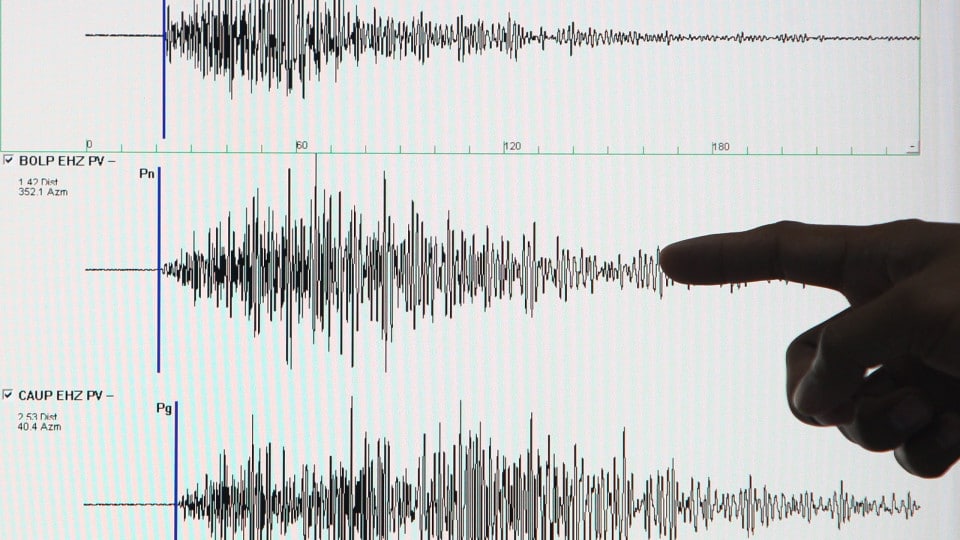An earthquake with a magnitude of 3.3 on the Richter scale was felt today in the municipality of Vendas Novas, in the district of Évora, without causing any personal or material damage, the Portuguese Sea and Atmosphere Institute (IPMA) said.
The earthquake, “according to the information available so far, caused no personal or material damage and was felt with a maximum intensity of IV (modified Mercalli scale) in the municipality of Vendas Novas,” the IPMA said in a statement.
The quake, whose epicentre was located around 12 kilometers north-east of Vendas Novas, was recorded at 12:08 p.m. at the mainland’s seismic network stations, the same body revealed.
The IPMA also pointed out that locating the epicenter of an earthquake is a complex process that depends on the data set, algorithms and seismic wave propagation models, meaning that different agencies can produce slightly different results.
“Different agencies can produce slightly different results. Similarly, preliminary determinations are usually corrected later by integrating more information,” he added, noting that if the situation warrants it, new communiqués will be issued.
On Monday, the institute had recorded another earthquake with an epicentre located in Vendas Novas, more precisely around 14 kilometers to the north-east of the town.
That earthquake, with a magnitude of 4.0 on the Richter scale, was felt at 9:02 p.m. on Monday in the municipalities of Évora, Almeirim and Ponte de Sor, with no damage recorded.
The quake was “felt with maximum intensity IV/V (modified Mercalli scale) in the municipalities of Évora and Almeirim”, while in the municipality of Ponte de Sor (Portalegre) it was felt “with less intensity”.
According to the Richter scale, earthquakes are classified according to their magnitude as micro (less than 2.0), very small (2.0-2.9), small (3.0-3.9), slight (4.0-4.9), moderate (5.0-5.9), strong (6.0-6.9), large (7.0-7.9), important (8.0-8.9), exceptional (9.0-9.9) and extreme (when greater than 10).
The Modified Mercalli scale measures “degrees of intensity and their description”.
With an intensity of III, considered to be weak, the tremor was felt inside the house and hanging objects rattled, with a “vibration similar to that caused by the passage of heavy vehicles”, according to the IPMA website.
When there is an IV intensity, considered moderate, parked cars sway, windows, doors and crockery shake and “glass and crockery rattle or clink”, and walls or wooden structures may creak.









